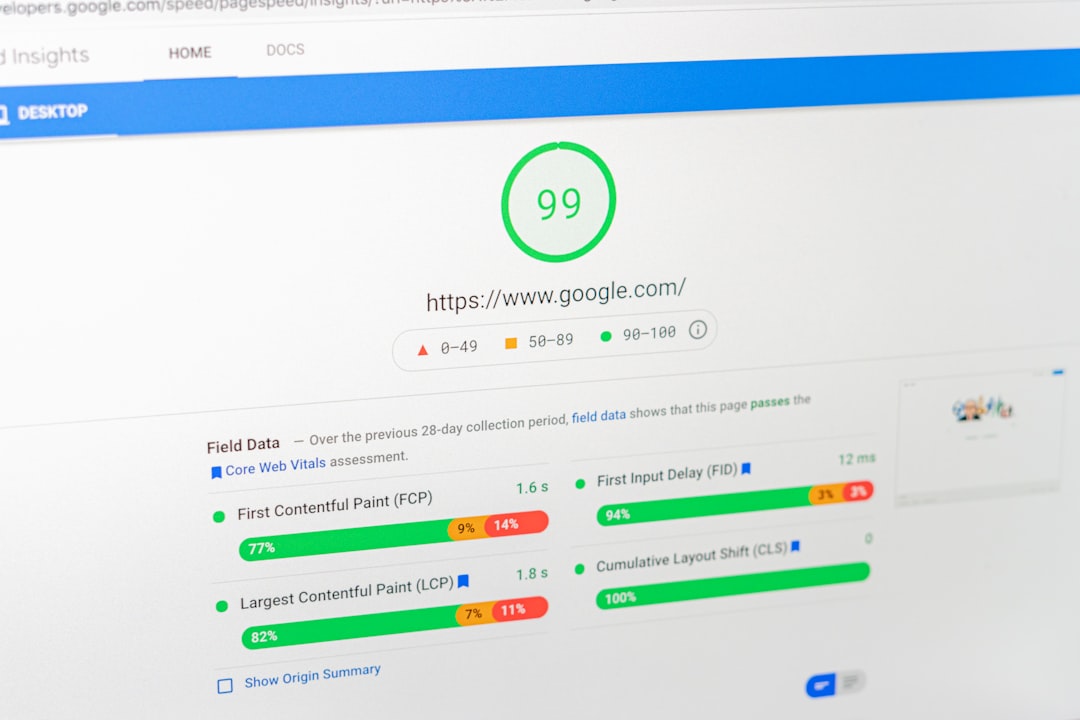YouTube serves billions of users worldwide, but its content availability often varies by region due to licensing agreements, regional restrictions, or specific content laws. As such, content that is accessible in one country might be completely unavailable in another. For developers, digital marketers, and content compliance analysts, testing how YouTube behaves in various regions can be critical. One of the most efficient methods to conduct such testing is through the use of proxies.
Understanding Region Locking on YouTube
YouTube uses a combination of IP geolocation and user settings to determine which content to display. When a user tries to access a video, YouTube checks the origin of the IP address. If the video is flagged as restricted in that region, the platform will block it with a message saying that the content is not available in the user’s country.
This mechanism has implications for businesses and creators trying to understand regional engagement or diagnose accessibility issues. In these cases, simulating access from different regions becomes essential.
What is a Proxy and How Does It Work?
A proxy server acts as an intermediary between the user’s device and the internet. When you connect to a website through a proxy, your requests are sent to the proxy, which then forwards them to the target website—masking your real IP address along the way. The proxy relays the site’s response back to you, making it appear to YouTube as though the request is coming from the proxy location, not your actual device.
To conduct YouTube region testing effectively, a proxy based in the target location (e.g., France, Japan, or Canada) is used. This allows users to simulate how YouTube behaves in those regions without physically relocating.

Why Use Proxies for YouTube Region Testing?
There are several compelling reasons to use proxies in this context:
- Validate Content Availability: Ensure that your content or third-party videos are accessible to the audience in specific regions.
- Check Ad Targeting: See what type of ads are served in different locales, which is important for marketers validating campaigns.
- Test Subtitles and Localization: Make sure subtitles or translations are functioning properly based on regional settings.
- Understand Regional Trends: Observe recommended videos and search suggestions influenced by local algorithms.
Choosing the Right Proxy Solution
When selecting proxies for YouTube testing, several factors need consideration:
- Location Diversity: The proxy provider should offer IPs in all the countries you want to test.
- Speed and Uptime: Regional testing often requires streaming content; slow proxies can cause delays or failed tests.
- Reliability: Free proxies may be blocked or unreliable. Paid, reputable services offer more consistent performance.
- Anonymity: Transparent proxies reveal the original IP address, which defeats the purpose. Ensure your proxy supports anonymous connections.
Some high-quality proxy providers for region testing include Luminati, Smartproxy, and Oxylabs, all of which offer IPs across hundreds of countries and cities.

Legal and Ethical Considerations
It’s important to exercise caution and diligence when using proxies. Accessing content that is restricted in your country could violate terms of service or local legislation. For developers or marketers testing for business purposes, it’s vital to ensure that such practices are conducted within organizational and legal frameworks.
Moreover, always comply with YouTube’s API usage policies and refrain from automated data scraping unless explicitly permitted.
Best Practices for Effective Testing
To ensure your YouTube region tests yield reliable insights, follow these best practices:
- Use Residential IPs: These are less likely to be blocked compared to data center proxies.
- Rotate IPs: Avoid repeated requests from a single proxy to mimic natural usage and prevent bans.
- Clear Cookies and Cache: Simulate a cold session for accurate regional behavior.
- Employ Automation Carefully: Use tools like Selenium or Puppeteer with caution to avoid violating YouTube’s automated access policies.
Conclusion
YouTube region testing is a crucial aspect of digital strategy, especially for global content deployment and targeted advertising. Proxies serve as a powerful and flexible tool in this space, enabling businesses and professionals to observe and adapt to regional variances quickly and accurately.
Though powerful, proxy use must be handled responsibly. With the right approach and tools, you can leverage YouTube region testing to enhance global reach, compliance, and user experience.
